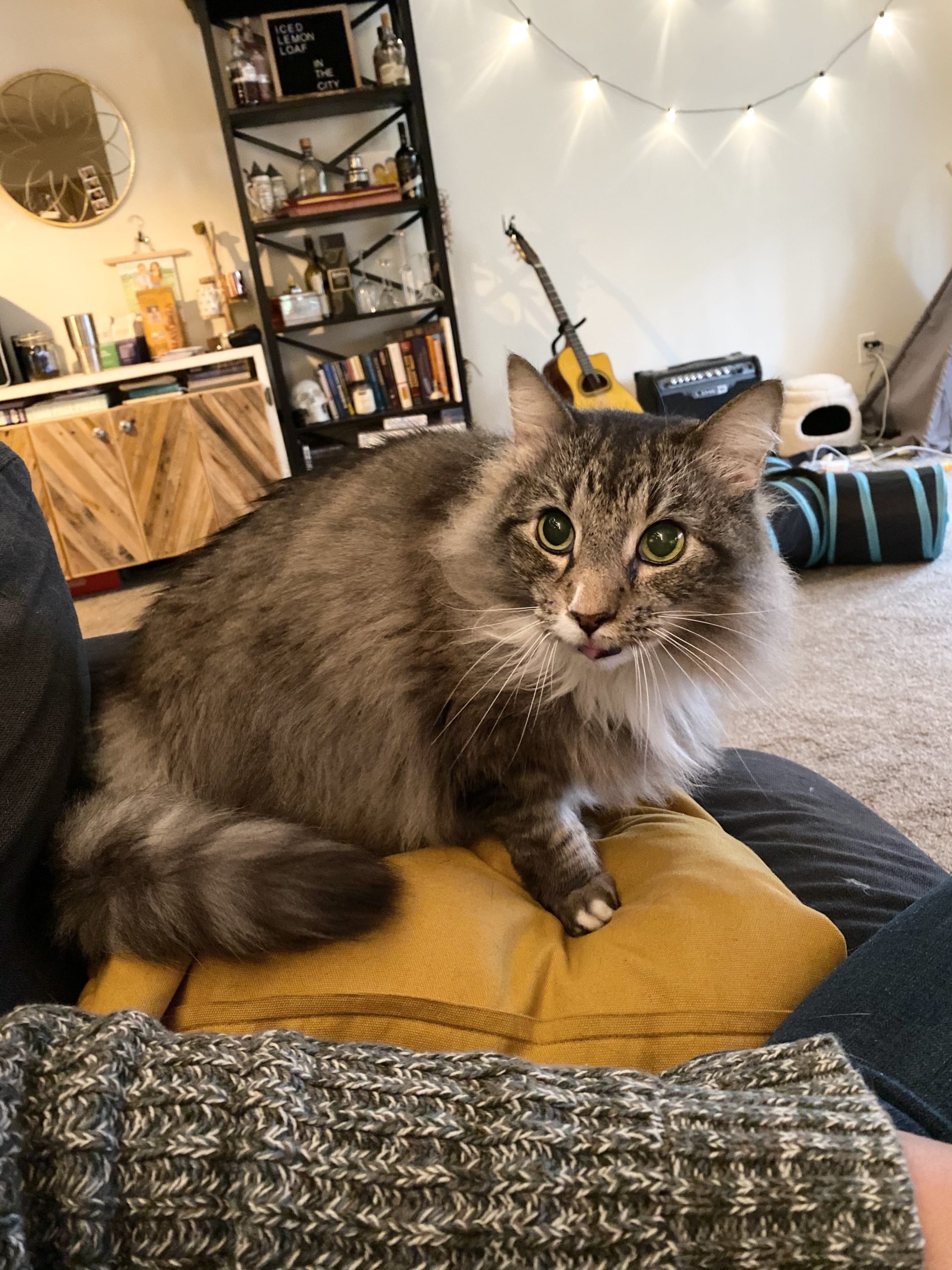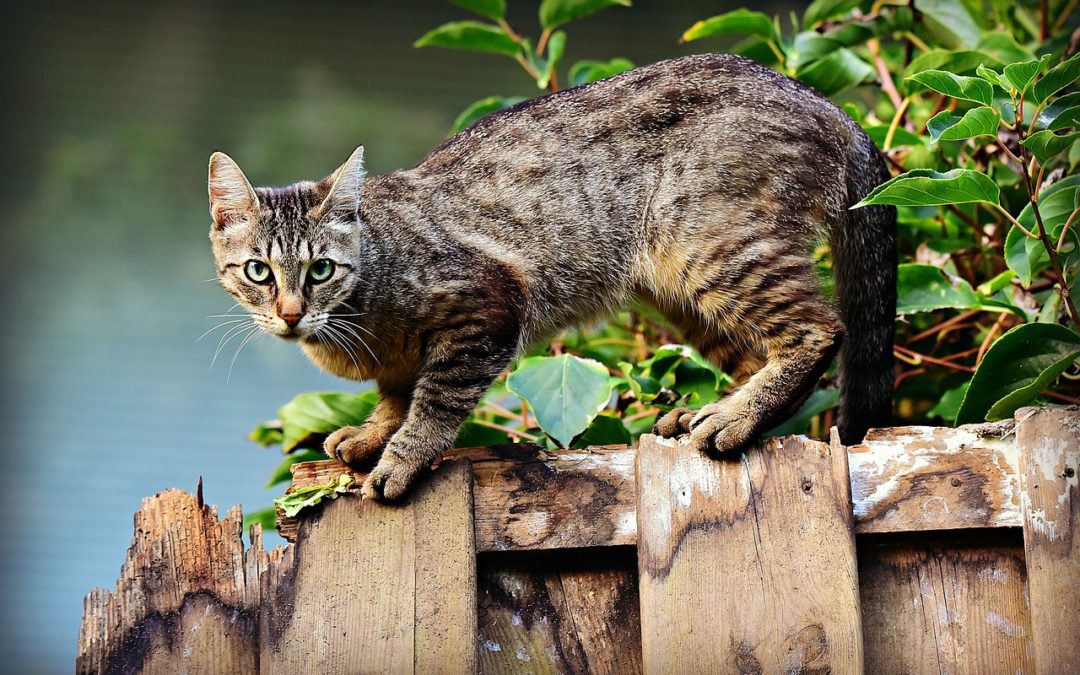I know this seems like a silly question, but really take a look. Does your feline friend seem to be acting differently as they have gotten older? Do they sleep more? Is their coat looking unkempt along the back? Do they not jump up on the couch, or climb the stairs as much? Do they groan, or even hiss, when petting along their back? If you are thinking, hmmm, my cat does seem to be acting a bit different, then let’s see how we can give them some relief!
As cats age, they are very prone to developing ARTHRITIS. Studies even show that 90% of cats will show radiographic signs of arthritis1 . And sometimes these changes can be even earlier than you’d expect.
When we are developing a game plan for arthritis and pain management, much of our diagnosis is based on our exam, our observations in the room or on home videos, and our discussion with you. X-rays are helpful to aid in the diagnosis, but sometimes arthritis can be present with even a ‘normal’ x-ray!
 As a veterinary team, our overall goal is to try and return your feline friend to their prior activity level and maintain a high comfort and quality of life! Prior to a few months ago, there was a significant challenge in managing pain and arthritis in feline patients. A common therapy in dogs for managing arthritis is prescribing NSAIDs, but long-term therapy of this in cats can be potentially problematic for organs like the kidney and liver.
As a veterinary team, our overall goal is to try and return your feline friend to their prior activity level and maintain a high comfort and quality of life! Prior to a few months ago, there was a significant challenge in managing pain and arthritis in feline patients. A common therapy in dogs for managing arthritis is prescribing NSAIDs, but long-term therapy of this in cats can be potentially problematic for organs like the kidney and liver.
But, we have great news! There is a new monoclonal antibody (SolensiaTM) that has been developed specifically for FELINE patients to block nerve growth factor (NGF), a substance that is responsible for worsening arthritis and the pain pathway. This new and innovative medication is given as an injection in the hospital, under the skin, by your veterinary team. It is designed to be given every 30 days and can be repeated on that timeline indefinitely. Some feline patients have seen improvement even after one injection!
Overall, this is the first medicine of its kind that has the potential to improve the quality of life for cat arthritis/pain, without the significant side effects, risks, and difficulty of medicating cats. To note, with anything in medicine, especially pain, it is a multimodal approach and there are other options including LASER therapy, Acupuncture, appropriate NSAID usage, and other pain medications to help in our ultimate goal of alleviating discomfort.
Please let us know if you have any questions about this product, it’s safety profile, and its effectiveness. If you’d like to give it a try, let us know and we can get your cat scheduled!
Thank you and take care!
Dr. Mark Belyeu
References:
1. Hardie EM, Roe SC, Martin FR. Radiographic evidence of degenerative joint disease in geriatric cats: 100 cases (1994-1997). J Am Vet Med Assoc. 2002 Mar 1;220(5):628-32. doi: 10.2460/javma.2002.220.628. PMID: 12418522.

